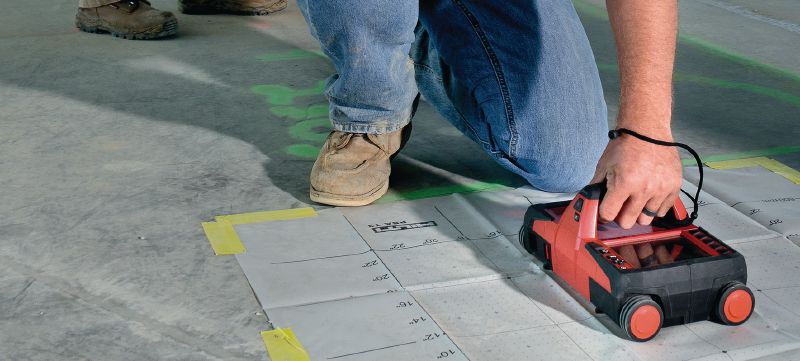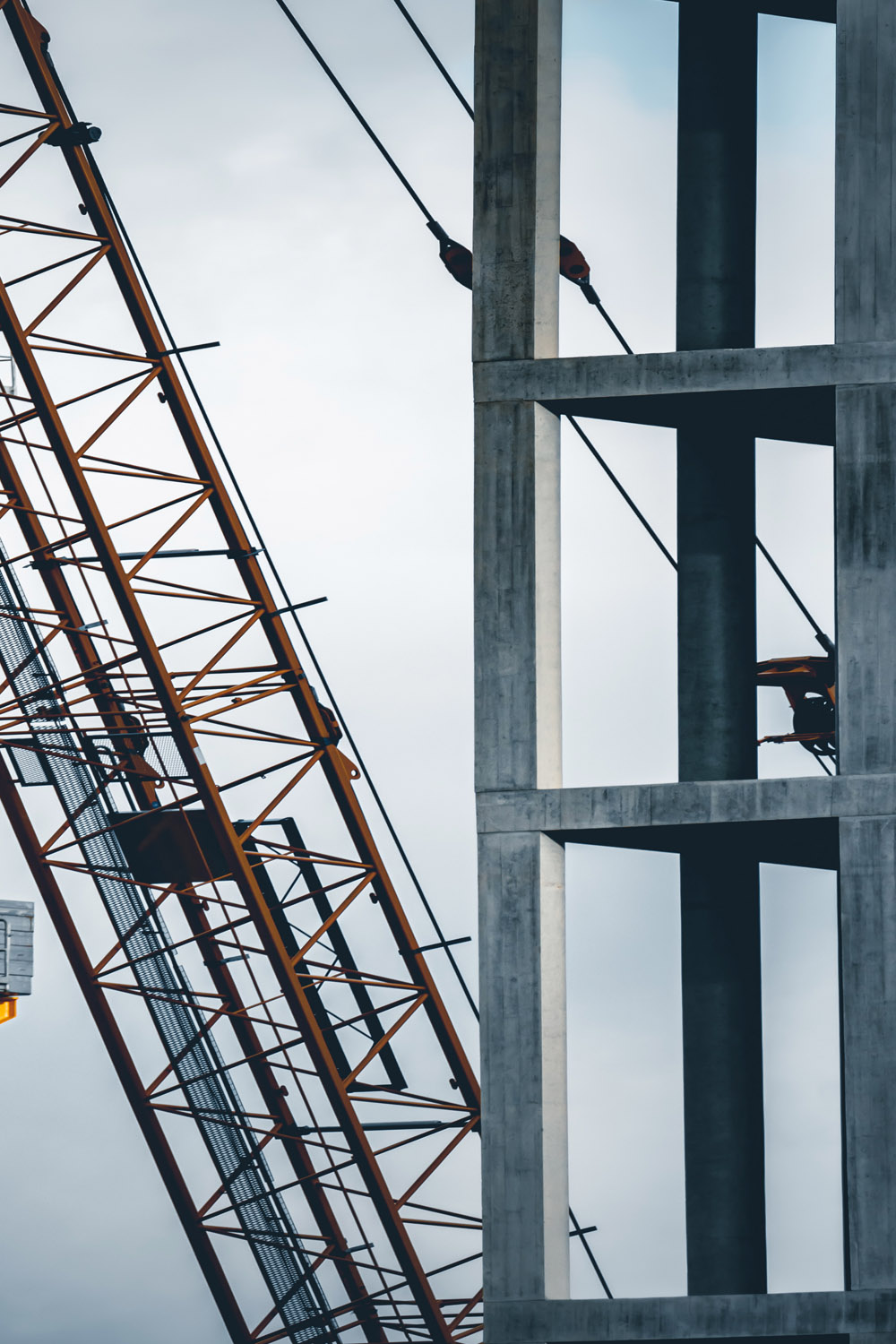Precision and Accuracy in Concrete Scanning Solutions
Reveal the Transformative Power of Concrete Scanning in Optimizing Effectiveness and Safety And Security
Concrete scanning has actually emerged as a crucial device in the building and construction sector, providing unparalleled advantages in boosting job efficiency and making sure safety and security requirements. By making use of sophisticated modern technology, concrete scanning allows experts to see past the surface, revealing hidden complexities that can impact the architectural integrity of a building. The transformative power of concrete scanning exists in its ability to offer real-time data and in-depth understandings, transforming just how projects are prepared and executed. As we dig into the ins and outs of this innovative technique, a world of opportunities opens up, showcasing a brand-new period of construction techniques that prioritize precision and security.
Significance of Concrete Scanning
Guaranteeing the architectural honesty and security of building projects starts with the important step of conducting comprehensive concrete scanning. Concrete scanning is a non-destructive method made use of to discover and map subsurface elements within concrete frameworks. This procedure is vital in identifying possible risks, such as rebar, post-tension cables, and conduits, that may be concealed within the concrete. By utilizing advanced innovations like ground-penetrating radar (GPR) and electro-magnetic induction, building groups can accurately locate these elements without causing any kind of damage to the structure.
The relevance of concrete scanning can not be overstated, as it plays a vital function in preventing mishaps, decreasing project delays, and ensuring the long-lasting durability of the construction. By recognizing possible risks prior to the building and construction phase begins, builders can carry out ideal safety steps and make notified choices concerning the style and implementation of the task. Additionally, concrete scanning helps in enhancing task timelines and spending plan by avoiding unexpected expenses and delays that might emerge due to unexpected obstructions within the concrete. Eventually, spending in comprehensive concrete scanning is a positive technique that improves both effectiveness and security in building and construction tasks.
Just How Concrete Scanning Functions
Concrete scanning operates as a vital tool in construction tasks by using innovative innovations to spot and map subsurface elements without creating architectural damage. Ground Penetrating Radar (GPR) and Electromagnetic Induction (EMI) are 2 main methods used in concrete scanning. GPR jobs by producing high-frequency radar pulses right into the surface area, which recuperate when they run into subsurface items or voids. The moment considered the signal to return indicates the depth and place of the things. EMI, on the other hand, uses electro-magnetic fields to identify variances in product structures, such as identifying rebar or channels within concrete structures.
During the scanning process, the information accumulated is analyzed in real-time, allowing immediate identification of prospective dangers or barriers under the surface area. By utilizing these advanced technologies, concrete scanning considerably minimizes the danger of expensive damages and injuries on building websites.
Advantages of Concrete Scanning
One of the key benefits of concrete scanning is the ability to spot and situate embedded things such as rebar, post-tension cables, and channels precisely. Concrete scanning aids in planning and making much more properly, as it provides specific information regarding the location and depth of structural components.

Instance Research Studies: Concrete Scanning Success

In one more instance, a construction business used 3D concrete scanning to analyze the condition of aging concrete frameworks in a historical building. The detailed scans offered beneficial insights into the degree of degeneration and helped prioritize upkeep initiatives effectively. By proactively dealing with locations of worry recognized through scanning, the company was able to prolong the life-span of the structure and make sure passenger safety and security.
These instance studies underscore the transformative power of concrete scanning in enhancing effectiveness, accuracy, and security in construction projects.
Executing Concrete Scanning in Projects
Executing sophisticated scanning innovations throughout building jobs has actually come to be increasingly crucial for improving accuracy and safety and security. By incorporating concrete scanning into job preparation and implementation, building and construction groups can determine prospective dangers, such great post to read as rebar or post-tension wires, concealed within concrete frameworks. This positive method reduces the danger of accidents, delays, and pricey rework, inevitably causing much more effective project timelines and budgets.
To implement concrete scanning successfully, project supervisors need to work together carefully with experienced scanning specialists to establish one of the most suitable scanning techniques for the specific job requirements. Involving scanning professionals from the onset of a job enables the group to produce comprehensive scanning strategies that address vital areas of concern and make certain detailed data collection.
In addition, integrating concrete scanning into routine project process can streamline decision-making procedures, as real-time scan information provides instant insights into the problem of concrete frameworks - Concrete Scanning. This data-driven technique helps with educated problem-solving and allows groups to make changes without delay, fostering a society of efficiency and security throughout the task lifecycle

Final Thought
In conclusion, concrete scanning plays a crucial role in improving performance and security in building and construction tasks. By utilizing sophisticated modern technology to spot and map out underlying structures within concrete, this process assists to protect against costly mistakes, guarantee structural stability, and decrease threats on website. With the ability to uncover covert elements and offer precise information, concrete scanning verifies to be a beneficial device for optimizing task outcomes and making best use of general success.
Concrete scanning is a non-destructive approach made use of to detect and map subsurface aspects within concrete structures. Furthermore, concrete scanning assists in maximizing task timelines and spending plan by staying clear of unforeseen costs and delays that might emerge due to unanticipated blockages within the concrete. One remarkable instance research includes a massive remodelling project where concrete scanning played visit here an important function in guaranteeing project success.In another instance, a building company used 3D concrete scanning to evaluate the condition of maturing concrete frameworks in a historic structure. By integrating concrete scanning into project preparation and implementation, construction groups can recognize potential hazards, such as rebar or post-tension wires, concealed within concrete structures.